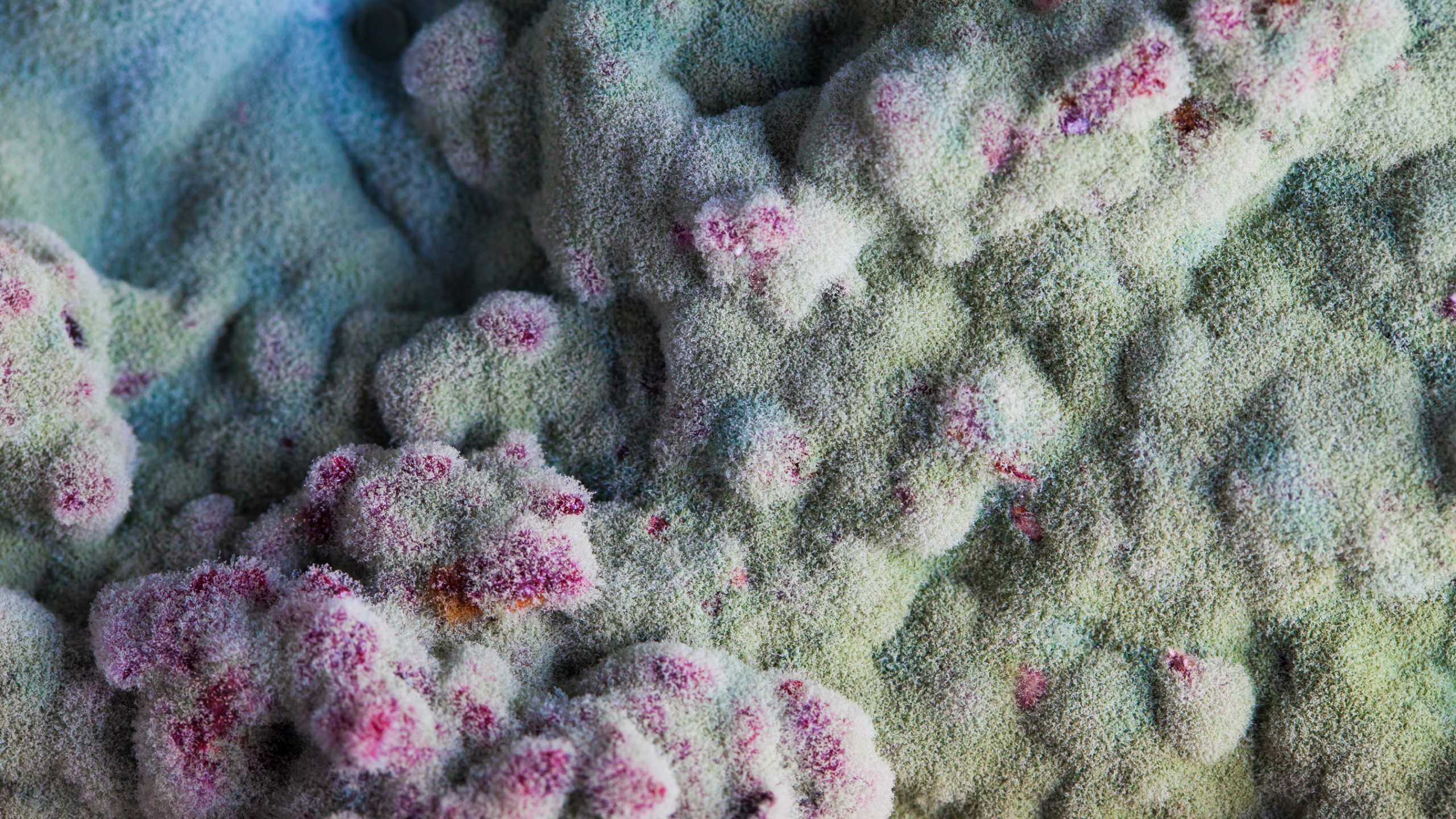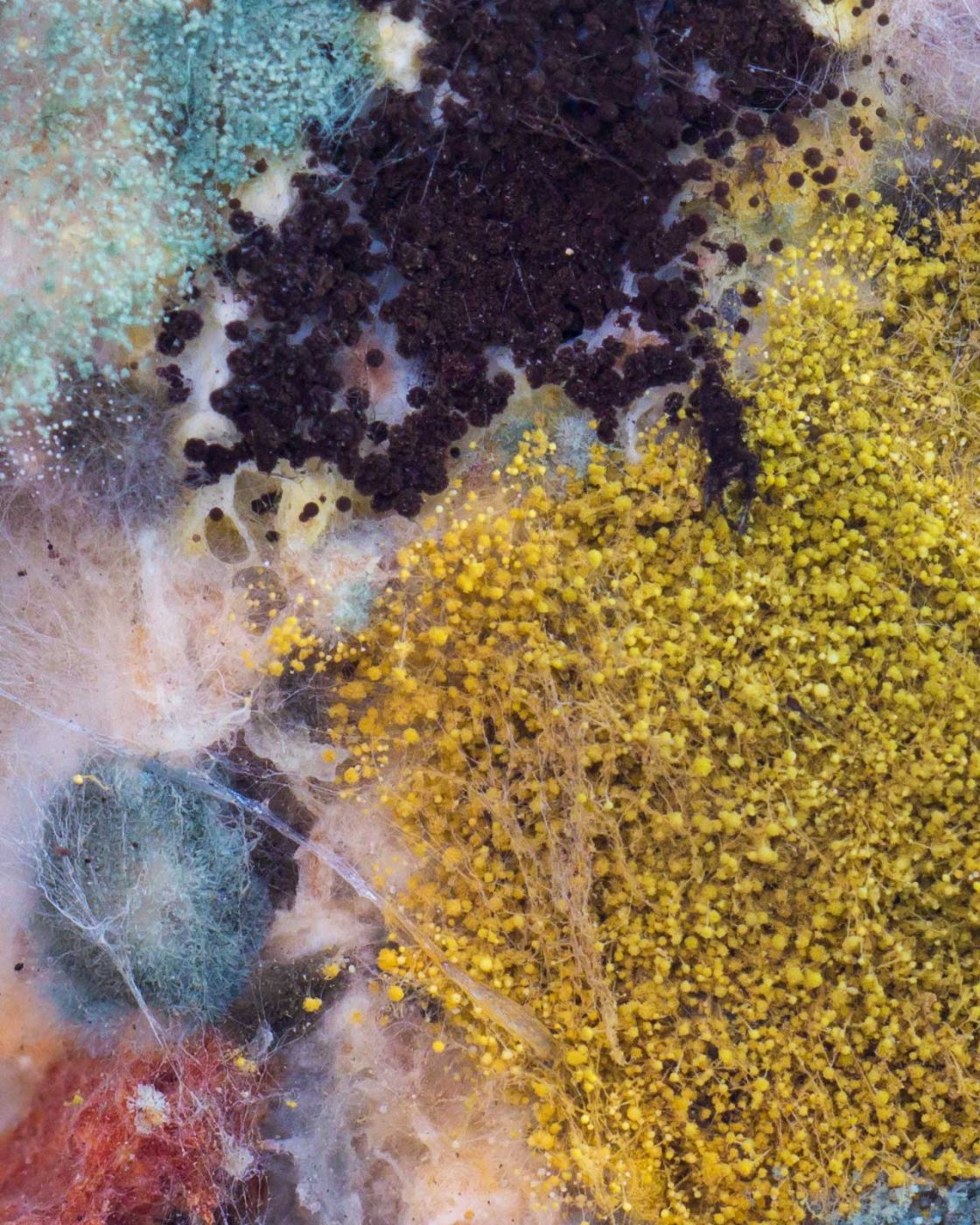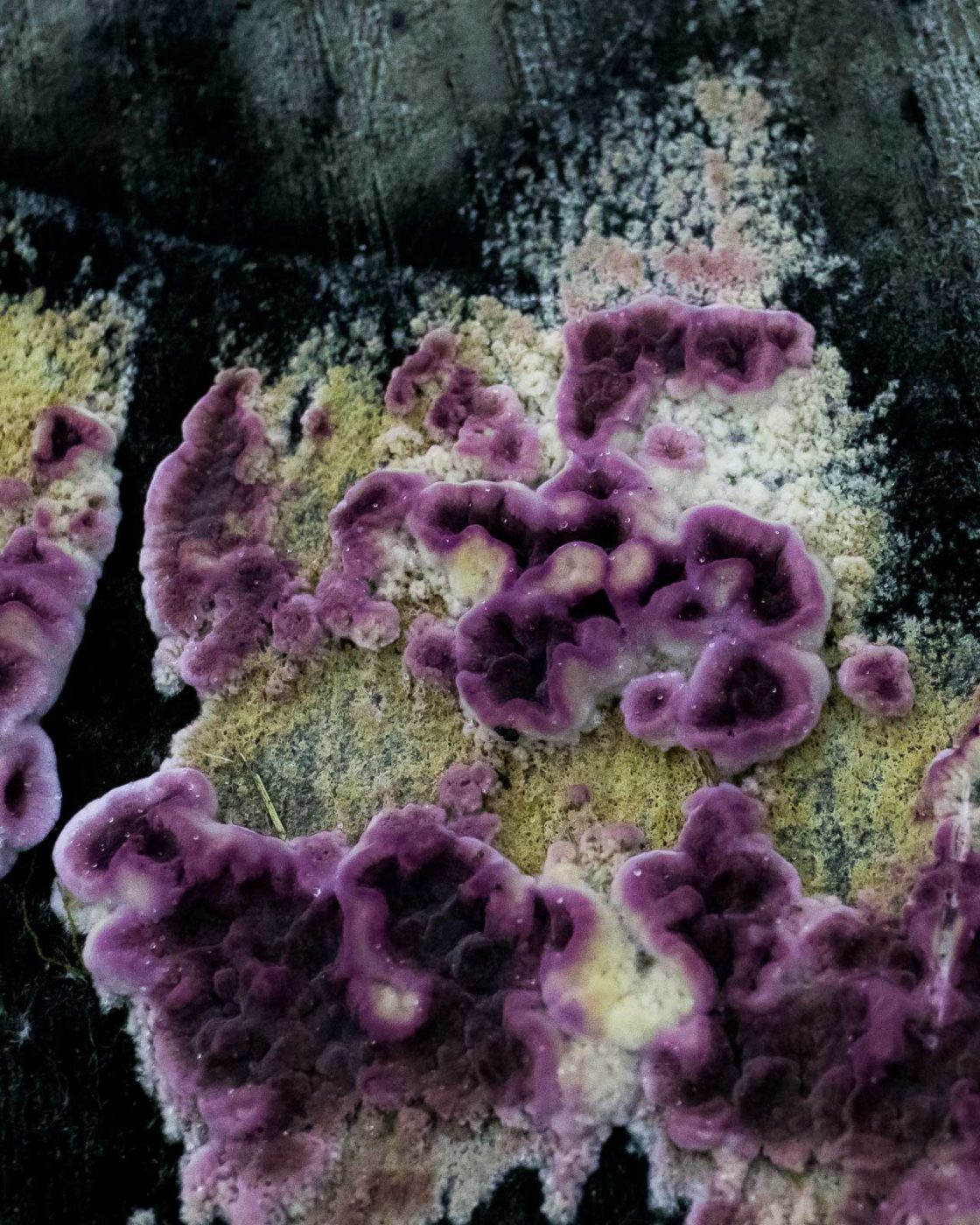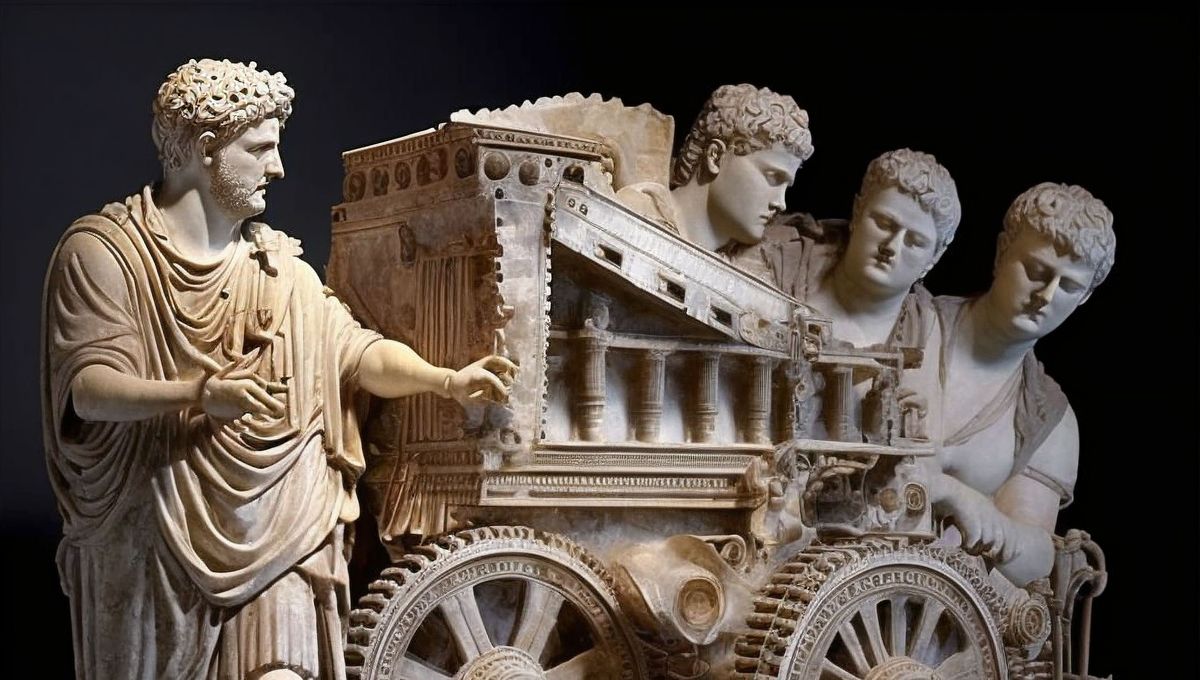The question then becomes: how can the restrictions of this system be used to modify it? I really like the term resiliency, but in order to be resilient one must exist, and so, first, resist. It is up to us to go and find in nature the ally that she has always been, so as to draw upon factors of resistance. Leonardo da Vinci said “take lessons from Nature, our future is there.” We have always looked to nature—through biomimicry or bio-inspiration—for solutions to our problems, because nature has encountered and resolved them before us. But we should above all break with our arrogance and our greed. Nature is parsimonious, it is constantly optimizing, while man wants only to maximize. A handful manage to do this, but at the cost of plunging the others into misery. Nevertheless, I have no faith in the answers provided by demiurges who advocate the use of particles to reduce the greenhouse effect in the atmosphere. It could be technically possible, but once the process has been initiated, the carbon dioxide will begin to accumulate and it will be impossible to stop it.
Pushing back nature’s limits, increasing our abilities or becoming immortal (if we succeed!): so many desires that are only of concern to the richest part of humanity. The systematic imbalance and the inequalities generated will result in the rise of new fundamentalisms and terrorisms. We can see this currently with the war in Syria. Its outbreak in 2011 came in the wake of the twelve worst years of drought that the fertile crescent had seen in over three centuries. The disproportion between the wealth accumulated, the financialization of the economy, and the impoverishment of the majority of the planet is not “sustainable.” We have to return to a state of harmony with nature, curbing this race toward profit, seeking well-being rather than wealth. This is the reason why I strongly believe in civil society and in a dialog that involves all citizens and scientists.
How can we explain the return of the “wild” in a city like Paris? In what way can the architect and urban planning accompany it?
Cities have always played host to a particular form of biodiversity. Pests, rats, or cockroaches, these “wild urbanized species” populated them first. Since the seventies, we have seen a return of birds to cities, because of their verticality—anything that flies has better access to smaller refuges, to the ecological niche that this morphology provides—with predators being rare and much higher temperatures in winter in cities in milder zones than in the surrounding nature. This urban biodiversity can be observed in Paris with the return of Peregrine falcons around the bell tower of Notre Dame, and badgers and foxes in the Père-Lachaise cemetery, or the acclimatization of parakeets that have escaped from aviaries. All we need now is for wolves to return to the capital! With regard to plant life, of the 7,000 known species in France, 1,000 have been recorded in Paris, not counting exotic horticultural or spontaneous plants. This is massive.
With the Museum of Natural History we have created a science program for city dwellers called “Sauvages de ma rue” (The wild things of my street). Many thousands of people living in cities participate by informing us of the presence of a new plant in their garden or an encounter with a migrating bird. In this way, they help us to inventory and carry out very precise monitoring of urban biodiversity. The city is an important sector of the participatory sciences, and allowing each one of us to participate in the development and sharing of knowledge seems essential to me.
Architecture and urban planning also play essential roles in the creation of places for life and wellbeing. During the first fortnight of August 2003, the year of the heatwave, almost 15,000 people died in France. Between the concrete streets and the parks of Paris, we measured almost eight degrees of difference in temperature. Bringing “greenery” back to the city is absolutely fundamental, all the more so in the wake of an article that appeared in The Lancet, saying that access to a green space at the heart of a large city has reduced the number of illnesses in the populations of cities over the last thirty years. Not forgetting that these types of spaces also reduce social inequalities.
Architecture, reconnecting with nature, also allows the installation of vegetable gardens on roofs and grass-covered facades, homes for many hundreds of pollinating species. And the honey produced in Paris is of exceptionally high quality! It is obviously not a question of providing for all of the nutritional needs of city dwellers, but urban agriculture does allow us to re-engage with a lost wellbeing. The only downside is the often uneven access to these gardens. But the fact that architects tend to become, if not environmentalists, at least ecologists is ultimately a very good thing.











